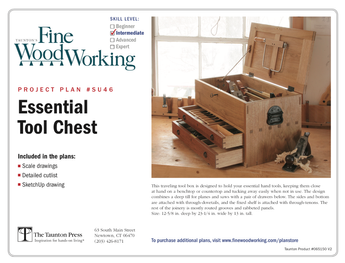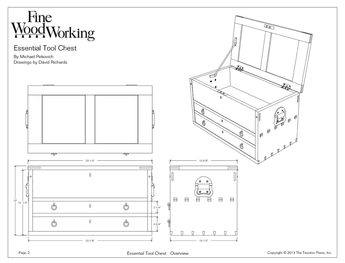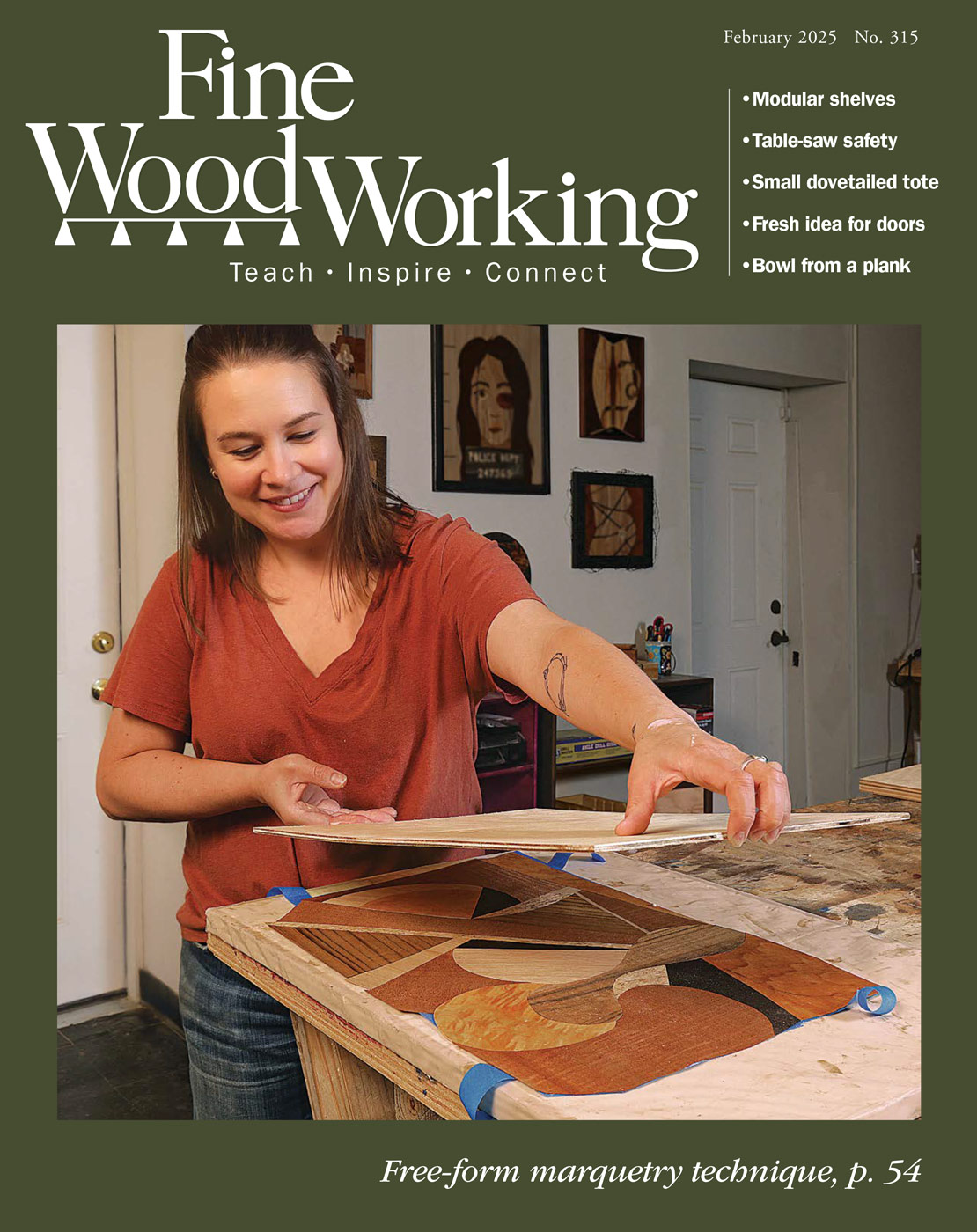To all,
This is my first attempt at walnut burl veneer, so I have several questions regarding creating a balanced panel for my project.
I’m planning on a small case piece using 1/2″ baltic birch ply as my substrate. Since I’m unfamiliar with burl I don’t know what to balance it out with on the interior. My questions are;
1. when using a burl should you use a crossbanding under it? Will such a layer increase stability by the increase glue surface?
2. since I can’t decern a grain pattern to a burl is there any need to be concerned about directionality?
3. do I need to be concerned about the interior veneer’s species or directional placement to insure balance and a stable panel? Are there better woods to use than others? Is T&R ratio a factor?
4. would an MDF faced ply core be better than the birch?
5. Lastly would a ridged glue be better to insure stability.
Thank you for your time in reading this long list of questions. I hope it wasn’t too taxing. Thank you for your past support. It’s wonderful to have the forum.
t.j.















Replies
I have no affiliation with this site or business, but it’s a wealth of information https://www.joewoodworker.com/
Thank you for your time.
t.j.
I recently made a chess board with walnut burl veneer (see photo). I used walnut as the substrate. I veneered the walnut burl using tight bonds veneer glue. I covered it with waxed paper and a hardwood (oak) caul. I clamped it with a number of bessy parallel clamps. To answer your specific questions: 1) crossbanding probably does not matter to stability. 2) directionality doesn’t matter. 3) unknown, as I said my substrate was walnut. 4). I would think that mfd and birch plywood would be similar as substrates. 5). As I said I used tight bonds veneer glue and it worked well. I would suggest the waxed paper interface. Good luck.
Beautiful work. Thank you for the information and thank you for answering all those questions.
t.j.